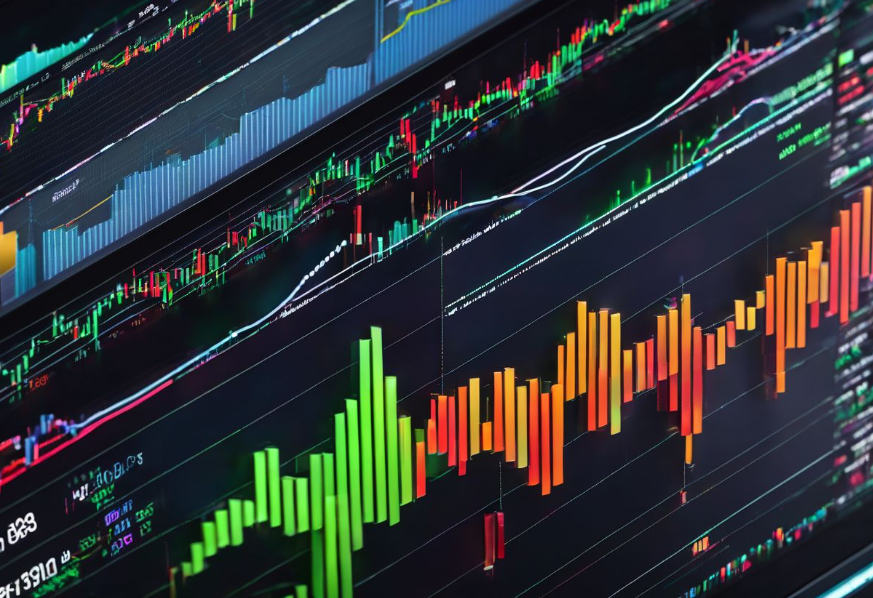In the dynamic world of finance, algorithmic trading has emerged as a powerful tool for investors seeking to optimize their trading strategies. This comprehensive guide will walk beginners through the basics of algorithmic trading, providing a solid foundation to embark on this exciting journey in 2023.
What is Algorithmic Trading?
Algorithmic trading, also known as algo-trading or automated trading, involves the use of computer programs to execute trading strategies. These algorithms are designed to analyze market data, identify trends, and execute orders at optimal prices and speeds. This approach minimizes human error and allows for lightning-fast execution, making it a popular choice among traders and investors.
Getting Started with Algorithmic Trading
Understanding the Basics:
Before diving into algorithmic trading, it's crucial to grasp fundamental concepts such as market orders, limit orders, and technical indicators. This knowledge will serve as the building blocks for creating effective algorithms.
Selecting a Trading Platform:
Choosing the right trading platform is essential. Ensure it offers robust features, a user-friendly interface, and the capability to implement custom algorithms. Some popular platforms include MetaTrader, NinjaTrader, and Interactive Brokers.
Programming Language Proficiency:
Familiarize yourself with programming languages commonly used in algorithmic trading, such as Python, Java, or C++. These languages provide the flexibility and tools needed to develop effective trading algorithms.
Creating Your Algorithm
Define Your Strategy:
Decide on the trading strategy you want to implement. It could be based on technical indicators, price action, moving averages, or a combination of factors. Clearly define the entry and exit criteria for your trades.
Backtesting:
Before deploying your algorithm in real-time, backtest it using historical data. This step helps evaluate the performance of your strategy and identify potential areas for improvement.
Risk Management:
Implement robust risk management techniques to protect your capital. Set stop-loss levels and position sizes that align with your risk tolerance.
Execution and Monitoring
Real-time Market Data:
Access reliable and up-to-date market data feeds to ensure your algorithm makes informed trading decisions.
Continuous Monitoring:
Keep a close eye on your algorithm's performance and be prepared to make adjustments if necessary. Markets are dynamic, and adapting to changing conditions is crucial for success.
Regulations and Compliance
Stay Informed:
Stay updated on the latest regulations and compliance requirements in your region. Adhering to legal and ethical standards is imperative in algorithmic trading.
Tax Considerations:
Understand the tax implications of algorithmic trading, as they may vary based on your location and the type of trading activities you engage in.
Conclusion
In 2023, algorithmic trading continues to be a compelling avenue for traders and investors looking to optimize their strategies. By understanding the fundamentals, selecting the right tools, and diligently monitoring your algorithms, you can navigate the dynamic world of finance with confidence. Stay informed about regulations, and always prioritize risk management to ensure a successful algorithmic trading journey. Happy trading!
